Case study
Apr 26 2023
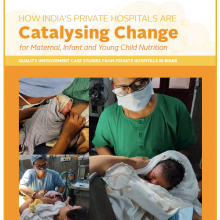
How India's private hospitals are catalysing change for maternal, infant and young child nutrition: Quality improvement case studies from private hospitals in Bihar
In India, more than 60% of the healthcare infrastructure is private. Half of all births in urban areas and a quarter of all births in rural areas take place in private facilities.
Brief
Dec 15 2022
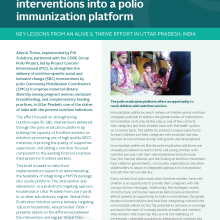
Integrating nutrition-specific interventions into a polio immunization platform
This brief, intended for implementers and researchers, presents lessons from the Alive & Thrive initiative’s experience integrating a maternal, infant, and young child nutrition (MIYCN) intervention through an existing polio er
Journal article
Dec 08 2022
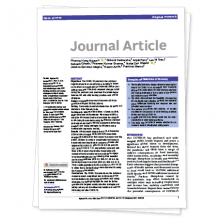
Impacts of a social and behavior change communication program implemented at scale on infant and young feeding practices in Nigeria: Results of a cluster-randomized evaluation (Flax VL, Fagbemi M, et al. PLOS One. 2022)
Brief
Sep 17 2022
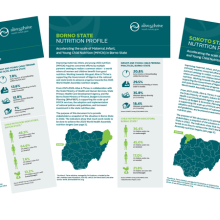
Nigeria Nutrition Profiles for Bauchi, Borno, Kaduna, Kano, Lagos, Sokoto and Yobe states
In 2022, Alive & Thrive expanded its activities in Nigeria. These nutrition profiles provide stakeholders a snapshot of the situation in each of the states where Alive & Thrive is now working with government and other partners to improve MIYCAN outcomes.
Presentation, Video
Aug 26 2022
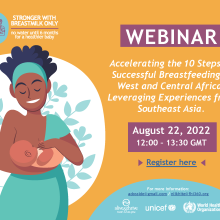
Accelerating the 10 Steps to Successful Breastfeeding in West and Central Africa: Leveraging Experiences from Southeast Asia
In August 2022, UNICEF, WHO, Irish Aid and Alive & Thrive's offices in West Africa and Southeast Asia collabor
Brief
Aug 16 2022
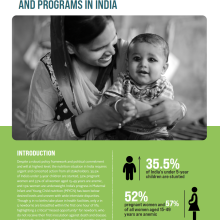
Leveraging professional medical associations to strengthen MIYCN policy and programs in India
In India, a large proportion of pediatricians, gynecologists, community medicine specialists, general practitioners, and nurses working across both public and private health sector belong to professional medical associations.

